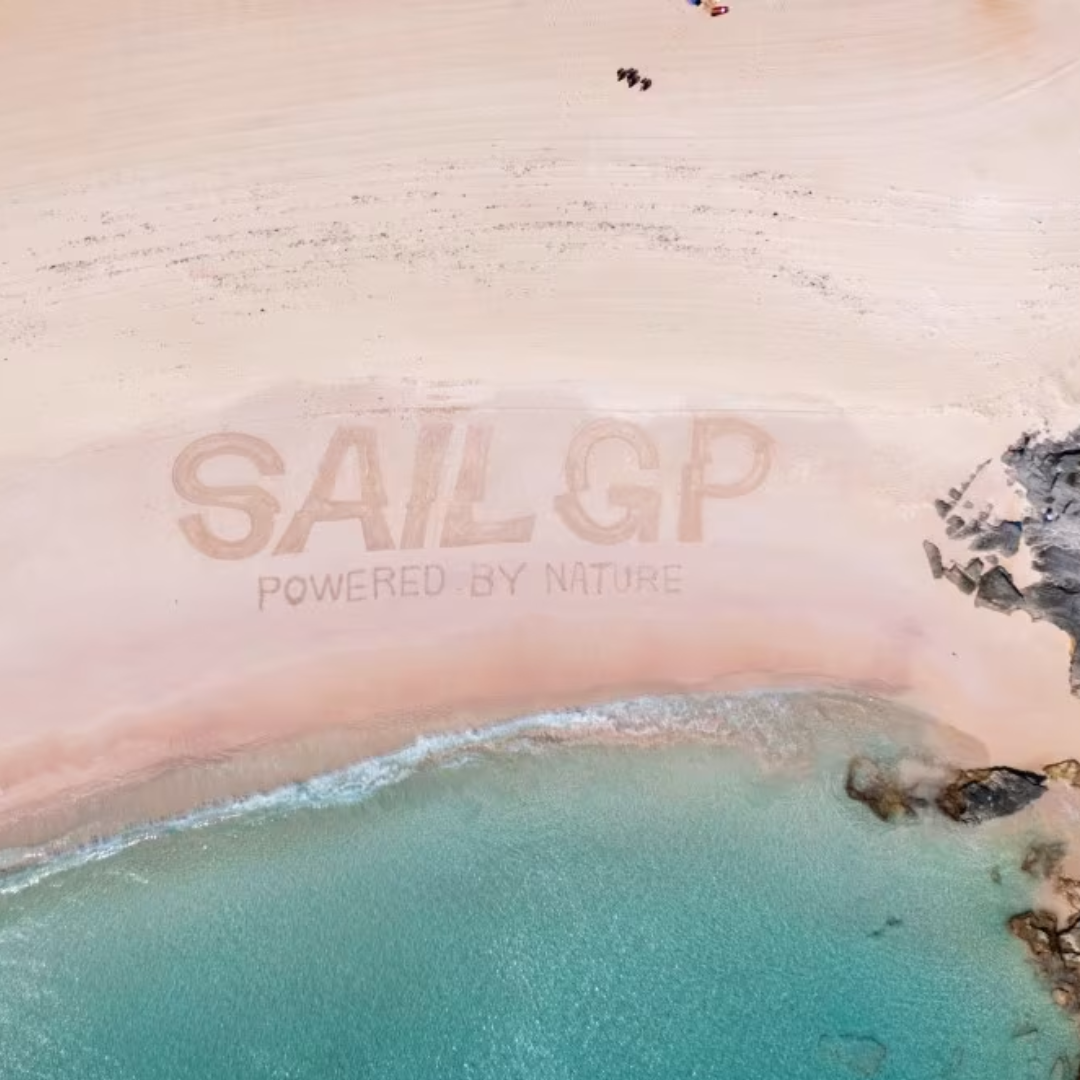When You Know Better, Do Better: Strengthening Carbon Market Integrity
By Faye O’Connor, VP and Ambassador for Nature-Based Solutions at One Carbon World
 Watch Video
Watch Video.png)
A couple of days ago I was asked to join a panel discussion at the Pakistan Pavilion, to share my views on the practical challenges of developing high integrity carbon sequestration projects and the critical role governments can play in enabling success. I began with a simple principle: MRV - transparent, robust data-based measurement - equals integrity, and integrity equals trust. Carbon markets cannot function without this foundation. And given what we all continue to hear about the finance gap, carbon markets must be one of the tools we use for financing climate action and supporting communities on the front lines.
I could sadly talk about the challenges all day, but in the time allotted me I opted to focus on four key ones:
- Permanence, reversals and leakage: Ensuring that projects do exactly what they say they will do, where they say they are doing it- and keep doing it. Risks to projects include climate impacts (a forest fire can wipe out years and tonnes of sequestration overnight); changes in land use, and shifts in governance, ownership or governments. What can governments do to help minimise these risks? Put strong regulatory, legal and insurance mechanisms in place. Consider how local factors – for example, traditional land tenure arrangements- interact with these risks and find local solutions that can survive political shifts.
- Data Quality: High-quality, transparent data is essential for the integrity and scalability of any project, and project developers spend a huge amount of effort trying to capture reliable and robust data. This huge effort pushes costs up – and often means the only viable projects are the ones undertaken at scale. So not terribly inclusive if you want the carbon markets to unlock finance for smallholders on the front line – as they absolutely should. Think how inefficient it currently is that every single carbon capture project has a bespoke assessment of baseline, emissions and growth. Governments could change the game here, by producing National or regional datasets, for example on emissions factor or growth projections, in partnership with academia. Not only would this drive down costs but it would improve the comparability of data and drive down project development times enabling more projects to be stood up, more quickly, without sacrificing integrity. In fact such datasets would arguably improve transparency, accountability and integrity.
- Local Capacity: It is often a sad truth that, outside of a handful of individuals, few people know much about how to create or manage these projects. Building knowledge and skills in host countries strengthens project implementation, improves outcomes, and empowers communities to participate fully. This drives down costs and capitalises on local skills, knowledge and manpower. A project that involves and supports (and is supported by) local actors is much more likely to flourish, and to bring the other sustainable development benefits we all want to see. It’s also the case that, if we want to scale and multiply these solutions at the speed needed, building the ability of a multitude of actors to support them is vital.
- Bridging the Funding Gap: There is frequently an unhelpful gap, when you are creating a nature-based carbon sequestration project between when investment is needed, from year zero, and when return on investment begins to come in, typically minimum seven years in. This increases risks to project development – how do you pay communities to care for and maintain these projects for those first critical years? How, again, can you involve those who most need the support when they need sources of income now? Governments could accelerate their efforts to explore innovative blended funding options to support projects through the “start-up” phase and ensure all communities are able to participate. International donor finance could look harder at whether carbon markets offer them an off-ramp enabling them to launch more worthy grant funded activity knowing activity can be sustained long into the future.
These above thoughts echo for me the spirit of what I’m seeing at COP this year. There are challenges, yes - we all know what they are and increasingly understand them. But that means we are increasingly able to spot the solutions, to share our views on this, to innovate and help others propose solutions too.
A major challenge remains how we get beyond pilot projects and patchwork delivery to bold transformation at scale. But those pilots are now everywhere, and outside of the negotiations the corridors at Belém were positively buzzing with conversations and collaboration around how to take that next leap. Whatever progress is or isn’t made in the official negotiations, I am energised by how much progress is being made on practical action, in the mature, thoughtful, can-do knowledge sharing happening, and cooperation being built, in the side discussions at Belem

Our Projects

Turning the Tides: How Sail GP is Redefining Climate Leadership in Sports
.png)
Farming for the Future: Sasini's Journey to Net Zero






